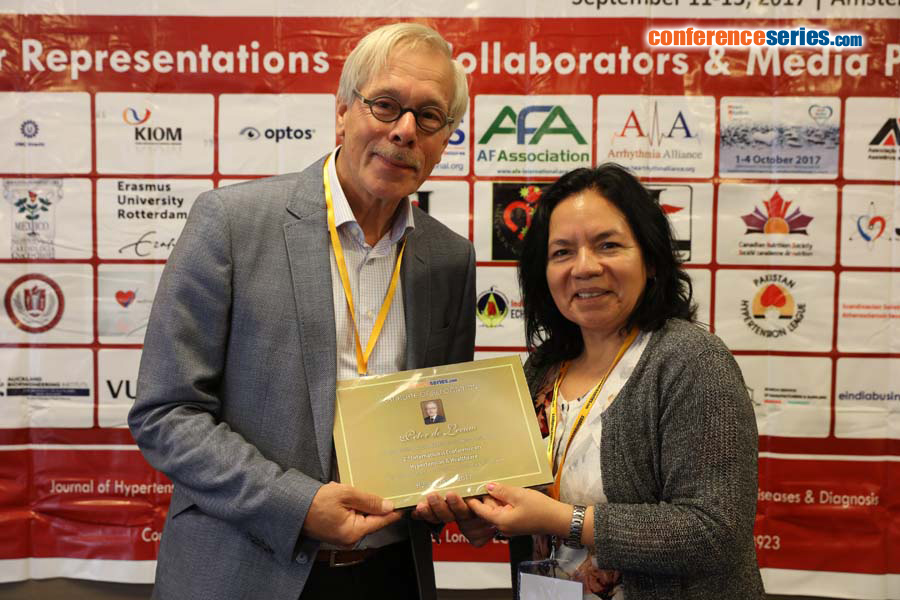
Peter de Leeuw
Maastricht University , Netherlands
Title: Options for novel, pathophysiology-based management of Hypertensive Disorders of Pregnancy (HDPs)
Biography
Biography: Peter de Leeuw
Abstract
Introduction: From a hemodynamic point of view, hypertension may be caused by an increase in cardiac output and/or peripheral vascular resistance. In addition, volume status and the degree of vascular stiffness determine the height of blood pressure. When hypertension is found during preg-nancy (HDPs), all these pathophysiological phenomena may play a role but the pattern is far from homogeneous. First, it makes a difference whether hypertension was pre-existent or induced by the pregnancy. Secondly, it is important to consider that HDP may involve as a spon-taneous disorder in an otherwise healthy woman or be superimposed upon another ‘silent’ underlying abnormality.
Pathophysiological considerations: In pregnancy-related hypertension we usually find a lower cardiac output, increased vascular resistance, increased arterial stiffness and a reduced plasma volume. The activity of the renin-angiotensin system is suppressed as well. This suggests that there is a hypertensive stimulus which leads to a compensatory reduction in pressor systems. The fact that sympathetic activity is activated rather than suppressed can be seen as an attempt to ‘keep the circulation going’.
Pathophysiology-based management: The most appropriate approach to the patient with a HDP is to direct treatment to those factors that could initiate or exacerbate a rise in pressure. Recent evidence suggests that a substantial proportion of women with preeclampsia - a common form of HDP - have renal vascular abnormalities, either as a pattern of intrarenal nephrosclerosis or, and perhaps more often, as macrovascular disease, notably fibromus-cular dysplasia.
References:
- Vance CJ et al. Increased prevalence of preeclampsia among wo-men undergoing procedural intervention for renal artery fibro-muscular dysplasia. Ann Vasc Surg 2015; 29: 1105.
- Spaanderman ME et al, The effect of pregnancy on the compliance of large arteries and veins in normal parous controls and formerly preeclamptics. Am J Obstet Gynecol 2000; 183: 1278.
- Abalos E et al. Antihypertensive drug therapy for mild to mode-rate hypertension during pregnancy. Cochrane Database Syst Rev. 2014 Feb6;(2): CD002252.
- Van Twist DJ et al. Renal hemodynamics and renin-angiotensin sys-tem activity in humans with multifocal renal artery fibromuscular dysplasia. J Hypertens 2016; 34: 1160.
- De Leeuw PW et al. Bilateral or unilateral stimulation for baroreflex activation therapy. Hypertension 2015; 65: 187.




